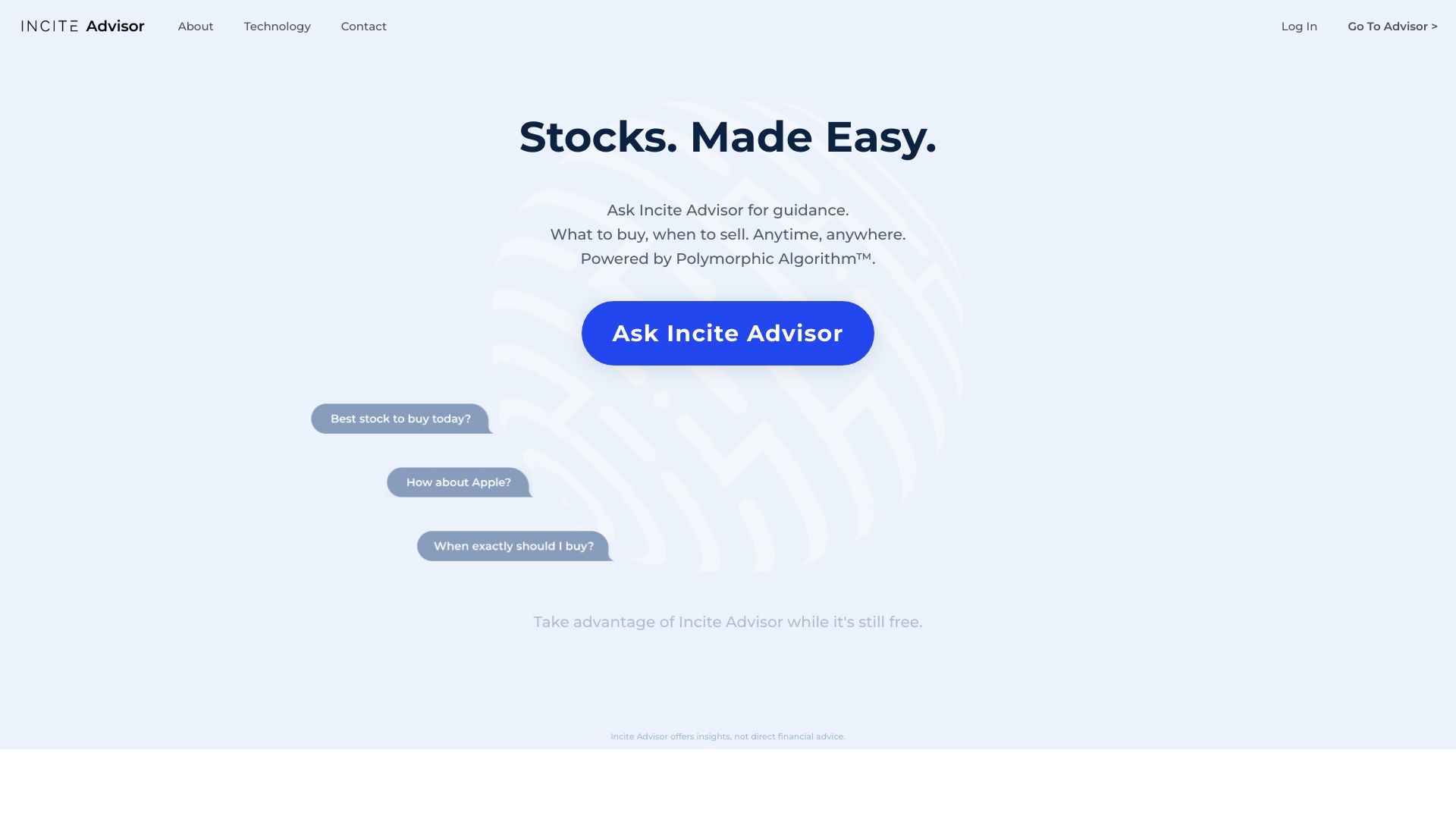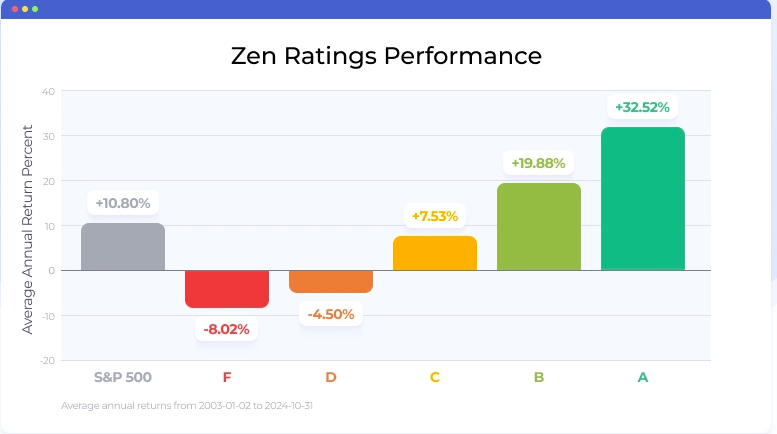20 Top Facts For Picking AI Stock Trading Websites
20 Top Facts For Picking AI Stock Trading Websites
Blog Article
Top 10 Tips For Evaluating The Privacy And Security Of Ai Platform For Analyzing And Predicting Trading Stocks
The privacy and security of trading platforms based on AI are important, since they deal with personal and financial data. Any breach or mishandling of data could result in substantial financial loss and reputational damage. Here are 10 best tips to assess the privacy and security of these platforms.
1. Evaluation of Data Encryption
Secure transmission of data: Ensure that the platform uses secure protocols, such as TLS/SSL to encrypt any data exchanged between the servers of your device and those of theirs.
Transporting encrypted data Make sure that the data stored on the server has been encrypted with a strong encryption standard, such as AES-256.
Verify that your security is end-to-end It is essential for anyone who wants to safeguard sensitive data or communications.
2. Examine Authentication Mechanics
Two-factor authentication (copyright) Check that the platform supports this to add a layer of extra security.
Review the biometric authentication options for mobile applications (e.g. facial recognition fingerprint, facial recognition).
Password policies: Check if the platform enforces strict policies on passwords (e.g. minimum length or requirements for complexity).
3. Verify if you are in Compliance
Financial regulations: Ensure your platform is in compliance with the relevant laws governing financial transactions (e.g. SEC FINRA MiFID II).
Data privacy laws: Ensure that you adhere to any laws relating to data privacy that apply to your business, if applicable (e.g. CCPA or GDPR).
Audit certifications. Find out if the platform has passed third-party security assessments or is accredited (e.g. SOC 2 and ISO 27001).
Review Controls for Access to Data
Role Based Access: Verify that the platform is using role-based access controls (RBAC), to limit access to information to only authorized users.
Permission levels: Verify that you have the ability to give different permissions to members or members.
Activity monitoring: Check whether the platform records and monitors user activity for any suspicious activity.
5. Examine Vulnerability Management
Regular updates: Ensure that the platform updates its software frequently to fix any weaknesses.
Penetration test: Check if your system is tested regularly to find and fix any security weaknesses.
Find bug bounty programs. These are designed to encourage external security researchers (such as those at Google) to disclose vulnerabilities.
6. Evaluate Data Privacy Policies
Transparency. Review the platform's Privacy Policy to understand what data is being collected and how it will be used.
Data minimization - Ensure that the platform collects only the information it requires to function.
Third-party sharing: Determine if the platform shares information with third-party partners and in the event that it does, under what conditions.
7. Secure API use is crucial to monitor
API security. Ensure APIs use secure authentication methods (e.g. OAuth keys, API keys) and that all data is encrypted.
Limiting the rate. Examine the API's rate limitation to prevent the abuse.
Verify the logs of access. Verify that the system tracks API usage, and logs it to monitor.
8. Review Incident Response and Recovery
Incident response plan: Ensure that the platform has an incident response plan to handle data breaches or security incidents.
Notification policies: Check if users are notified promptly in the event of a security breach.
Data backups: Check if the platform regularly backs up data and has a disaster recovery plan in place.
9. Review physical security measures
Data center Security: Ensure that servers are hosted within secured data centers that have physical security measures in place (e.g. monitoring, access control).
Redundancy Examine the redundant systems of the platform in order to ensure the availability of data in case the hardware fails.
Geographic distribution: To improve resilience, make sure that the data is distributed over several sites.
10. Check privacy controls on users
Data deletion - Ensure that you can delete all personal data permanently from the platform if and when you stop using the platform's services.
Privacy settings: See if you have privacy settings that let you limit the information shared and made public.
Check for anonymization. This is important if you are using the platform to conduct machine-learning or analytics.
Bonus Tips
Reviews and reputation of users Review the feedback and reviews of users in order to gauge the level of security and privacy a platform is.
Free trial period: Experience the privacy and security features with a demo.
Customer Support: Be sure that the platform has robust support for problems or issues related to security.
These tips will help you evaluate the privacy and security of AI trading platforms which predict or analyze price of stocks. Your financial and personal information will be safe. A safe platform not only protects assets, but builds confidence in their services. View the top rated this post for blog info including best ai for trading, AI stock trading, ai investment platform, best AI stock, best AI stock trading bot free, AI stock market, AI stock trading app, ai for investing, ai investment app, incite and more.
Top 10 Tips For Assessing The Speed And Latency Of Ai Trading Platforms
When looking at AI trading platforms which can predict or analyze stock prices speed and latency are key factors, particularly for algorithmic traders and high-frequency traders. Millisecond delays can have an impact on the success of a trade. Here are 10 top suggestions to determine the speed and latencies of these platforms.
1. Assess Real-Time Data Feeds
Speed of data delivery: Make sure the platform delivers real-time data with minimal delay (e.g., sub-millisecond latency).
Data source proximity: Determine if the platform's servers are located near to major exchanges to reduce the time for data transmission.
Data compression: Check to determine if there are efficient methods of data compression that accelerate the transfer of data.
2. Test the speed of execution for trades
Speed of processing orders: How quickly the platform completes and processes trades following your submission of an order.
Direct market access (DMA): Ensure that the platform supports DMA that allows orders to be sent directly to the exchange without intermediaries.
Execution reports. Make sure the platform provides comprehensive execution reports. These reports must include timestamps on the submission of orders, confirmation of orders and fill.
3. Assess Platform Responsiveness
User interface (UI speed): Check how fast the platform responds to inputs, like clicking buttons, or loading charts.
Chart updates - Make sure that the charts are updated in real-time and without delays.
Mobile app performance When you are using a mobile application make sure it runs just as fast as a desktop version.
4. Look for infrastructure that is low-latency.
Server Locations: Check that the platform uses servers with low latency located near major financial exchanges or hubs.
Co-location services: Find out if the platform offers co-location services, allowing you to host your trading algorithms on servers near to the exchange.
High-speed Networks: Confirm the utilization of fiber-optic, high-speed network or other technologies that have low latency.
5. Assessing the speed of simulation and backtesting
Test the platform's ability to process and analyze historical data.
The latency of the platform should be low enough to allow live simulations of trades in real time.
Parallel processing: Determine if the platform utilizes parallel processing or distributed computation to speed up calculations.
6. Measure API Latency
API response: The API's API is evaluated by the time it takes to answer requests.
Rate limits: Determine whether the API has reasonable rates to avoid delays during high-frequency trading.
WebSockets support: Ensure that the platform utilizes WebSockets protocol for low-latency, real-time streaming of data.
7. Test the stability of the platform under load
High-volume trading to test the platform's ability to respond and stability, you can simulate high-volume scenarios.
Test the platform in times of high volatility on the market to see if it can handle rapid changes in price.
Find out if there are tools that allow you to test strategies for extreme situations.
8. Evaluation of Network and Connectivity
Speed requirements for internet: Check that your internet connection is at the speed recommended by your internet provider to achieve the best performance.
Redundant connections: Verify whether your platform has redundant internet connections. This will help you prevent downtime.
VPN latency: When you use a VPN platform, verify whether the latency is high and if there are alternatives.
9. Check for Speed Enhancement Features
Pre-trade analytics: Make sure that the platform has pre-trade analytical tools to optimize order routing.
Smart order route (SOR) The first step is to determine whether SOR is being used by the platform to determine the most speedy and most cost-effective execution options.
Monitoring of latency: Ensure that your platform permits you to analyse and track your latency in real-time.
Review User Feedback Benchmarks
User feedback: Use reviews of users to evaluate the platform's performance with regard to speed and latency.
Third-party benchmarks from third-party. Look for independent benchmarks or reviews that evaluate the speed of a platform with other platforms.
Testimonials and case studies: Find out whether there are cases that show the platform's low-latency abilities.
Bonus Tips
Trial period: You are able to use a free demo or trial to test out the platform's performance and latency.
Support for customers: Make sure the platform provides customer support in order to reduce latency or other issues.
Hardware requirements: Determine if the platform needs specific hardware for optimal performance.
If you follow these guidelines, you can effectively assess the speed and latency of AI platform for predicting or analyzing stocks and ensure that you select the best platform for the requirements of your trading and eliminates the time it takes to complete. The need for low latency is vital for high-frequency traders and algorithmic traders. Even the smallest delay can have a significant impact on profits. View the most popular killer deal for best AI stocks for site recommendations including best AI stock prediction, best AI stocks to buy now, stock trading ai, ai tools for trading, how to use ai for copyright trading, best stock prediction website, invest ai, AI stock trader, best AI stock prediction, ai tools for trading and more.